
His birth certificate says Steven Demetre Georgiou and he later went by the name of Yusuf Islam, but he’s best known by his stage name Cat Stevens. He started his career as a handsome teen idol in 1967, scoring pop hits like ‘Matthew and Son’ and ‘The First Cut Is The Deepest’. But a serious bout of tuberculosis led Stevens to become a folk-rock singer, performing introspective songs that expressed the self-reflection he’d undergone during his illness and convalescence.
Even though Stevens was English, his stripped-back music fitted in with the American singer-songwriter zeitgeist of the time, and he hit his peak in the early 1970s, at the same time as James Taylor and Carole King. Stevens had a particular appeal of lyrical commonsense; songs like ‘Father and Son’ and ‘Peace Train’ had a dash of hippie mysticism, but were universally relatable, helped by Stevens’ everyman voice.
Most of Stevens’ best-loved work is concentrated on two early 1970s albums – 1970’s Tea for the Tillerman and 1971’s Teaser and the Firecat. On these albums, he was accompanied by Alun Davies on guitar and backing vocals, and produced by Paul Samwell-Smith, formerly of The Yardbirds. As the 1970s went on, Cat Stevens’ music became like a spiritual quest, and in 1977 he converted to Islam, leaving the pop music industry after 1978’s Back to Earth.
Stevens took a long absence from recording music, although he did hit the headlines for declaring a fatwa against author Salman Rushdie; an action that prompted 10,000 Maniacs to remove their cover of ‘Peace Train’ from their album In Our Tribe. He returned to music with 2006’s An Other Cup, recorded as Yusuf Islam. I’ve only covered four of his early 1970s albums at this point – let me know if I’m missing anything essential.
Cat Stevens Album Reviews
Matthew and Son | New Masters | Mona Bone Jakon | Tea for the Tillerman | Harold and Maude | Teaser and the Firecat | Catch Bull at Four | Foreigner | Buddha and the Chocolate Box | Numbers | Izitso | Back to Earth
Mona Bone Jakon
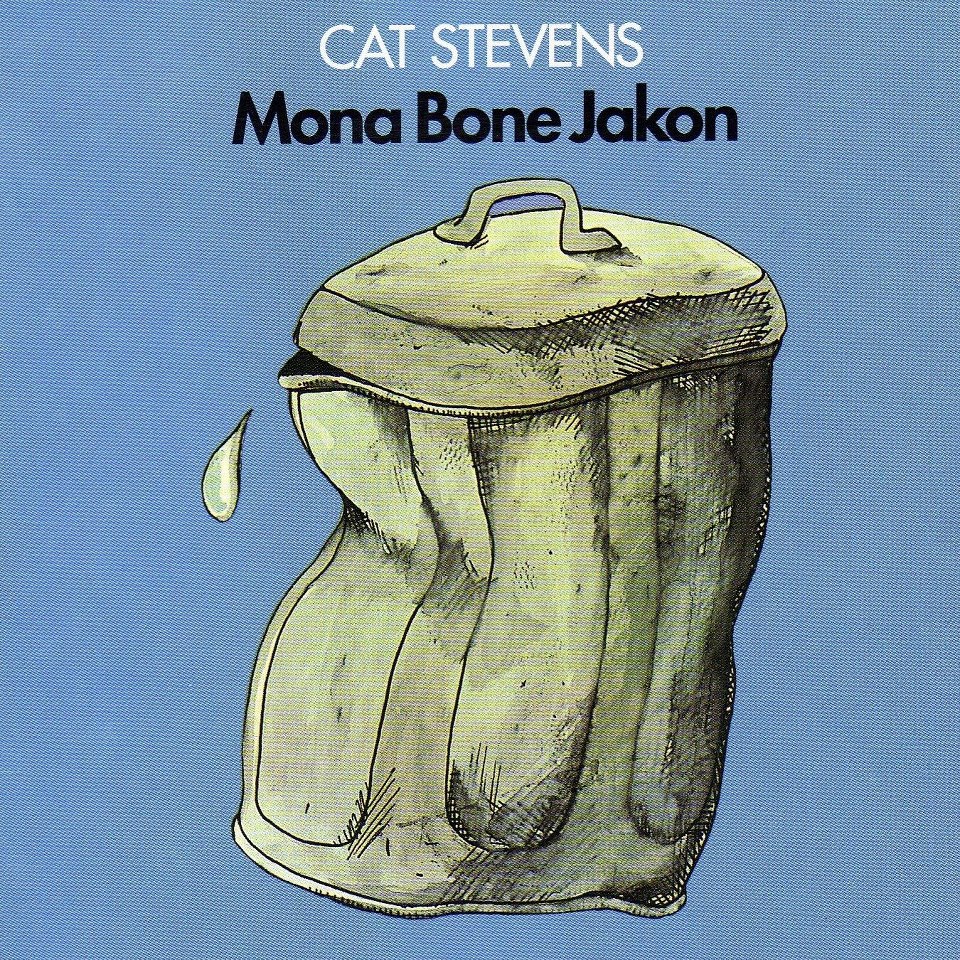
1970, 7.5/10
After a bout of tuberculosis and a long convalescence, Cat Stevens returned as a very different artist. While his early hits resembled the baroque pop of the 1960s Bee Gees, he returned in the 1970s with a simpler sound, centred on the acoustic guitars of Alun Davies and Stevens. While Stevens has the musical approach and the team around him that created his best-known albums, he’s still figuring out his lyrical approach here. Mona Bone Jakon is a grab bag of literary styles – from the melodrama of ‘Lady D’Arbanville’ to the hippie mysticism of ‘Kathmandu’. Most infamously, ‘Mona Bone Jakon’ is titled around the pet name for Stevens’ penis.
Oddly, the best material is clustered at the end of the record. ‘Kathmandu’ features Peter Gabriel on flute, while my favourite song is ‘Fill My Eyes’, with the lines “I’m just a coaster but my wheels won’t go”. The opener ‘Lady D’Arbanville’ is memorable, like a renaissance madrigal, but uncomfortably overwrought as Stevens equates a failing relationship with a death. Stevens’s gentle voice is much better suited to mellow material like the closing ‘Lillywhite’ than the sardonic ‘Pop Star’.
There are moments of excellence on Mona Bone Jakon, but Stevens would refine his skills as a singer-songwriter even further.
Tea for the Tillerman
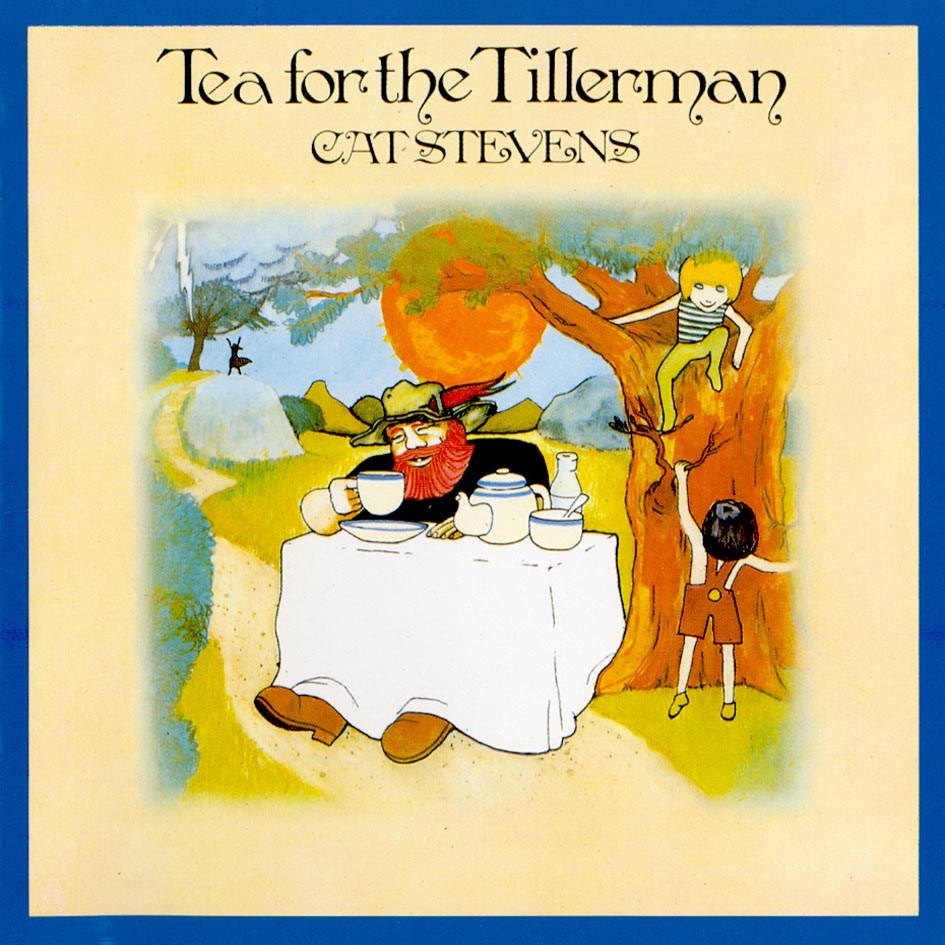
1970, 9.5/10
Cat Stevens was back in the studio soon after Mona Bone Jakon was released. While that album was a promising career reboot, Tea for the Tillerman is a huge step forward, with Stevens turning in a bunch of his best-loved songs. Stevens isn’t the flashiest or most charismatic singer/songwriter, but he’s very relatable. Songs like ‘Father and Son’ and ‘Where Do The Children Play?’ are beloved for their universality, meditations on growing up and environmentalism. The album cracked the top ten in the United States, helped by the lead single ‘Wild World’.
Tea for the Tillerman is so key to Stevens’ legacy that even a bunch of its album tracks generally turn up on Cat Stevens’ compilations. ‘Sad Lisa’ is a beautiful piano-based piece, with beautiful vibrato-heavy strings behind it. ‘Into White’ is also stunning, a meditation on death. Stevens 1970s records often deal with searching for a deeper meaning, and it’s clearly on Tea for the Tillerman with songs like ‘On the Road to Find Out’ and ‘Miles From Nowhere’.
Tea for the Tillerman is clearly a career peak for Stevens, gathering many of his best loved compositions in one place.
Harold and Maude
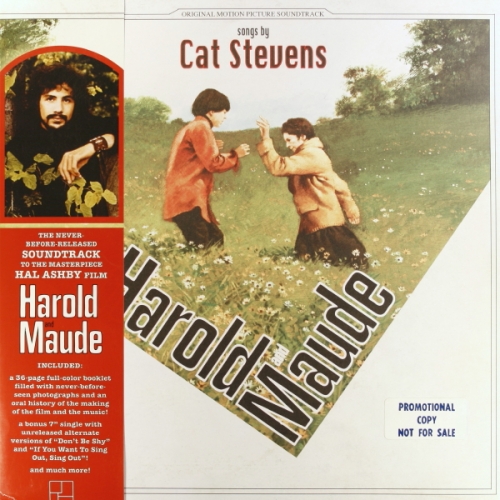
1971/2007, not rated
The soundtrack to the 1971 movie Harold and Maude is comprised of nine Cat Stevens songs. It makes sense to use his music in a film centred on a young man’s existentialist angst. While most of the songs had originally appeared on Mona Bone Jakon and Tea for the Tillerman, it features two previously unreleased prime-era Cat Stevens songs; ‘Don’t Be Shy’ and ‘If You Want To Sing Out, Sing Out’. The movie soundtrack has only been released in a very limited 2007 LP edition, but both of the new songs were included on Cat Stevens’ Gold compilation.
Teaser and the Firecat
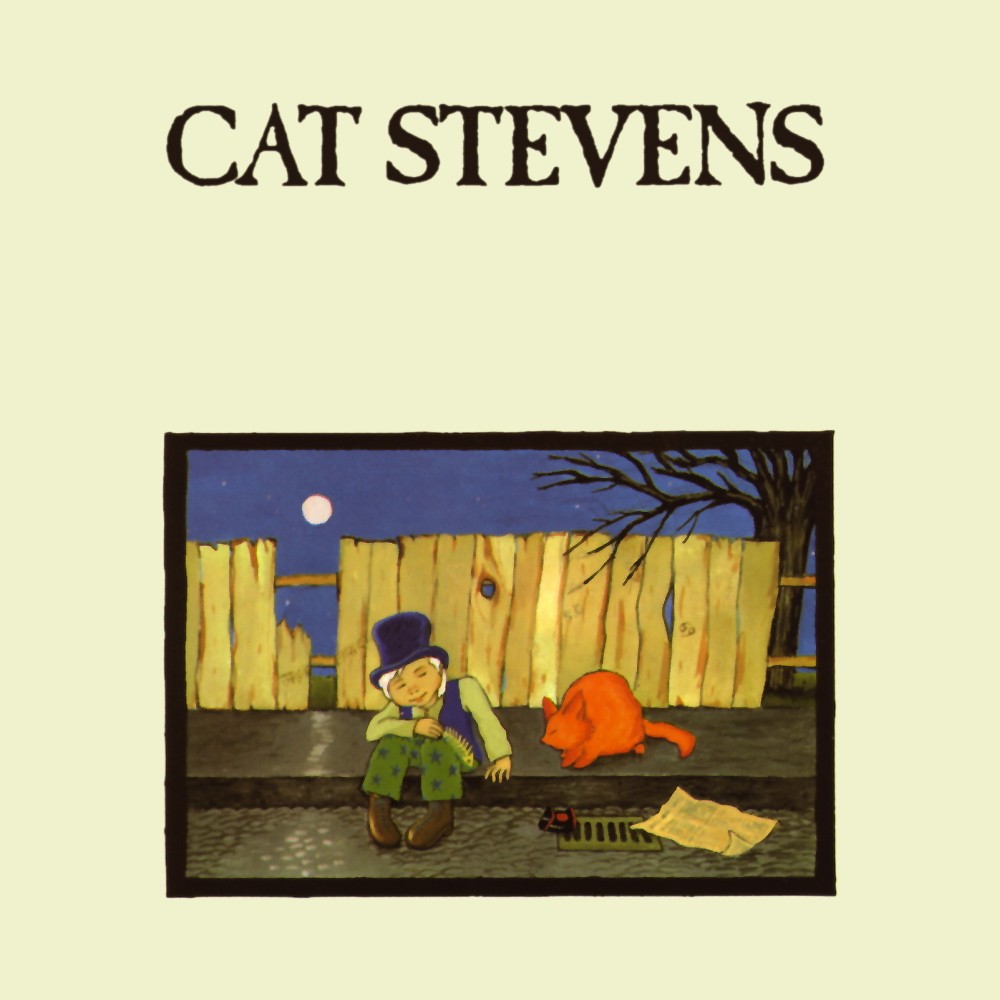
1971, 8.5/10
Following up the career highlight Tea for the Tillerman was a tall order, but Stevens made a good fist of it with Teaser and the Firecat. It’s another album loaded with his best-loved songs – most of his best-known material is clustered on Tea for the Tillerman and Teaser and the Firecat. Stevens, a former art student, again made painted the cover and went as far as to expand it into a children’s book.
Teaser and the Firecat is more musically expansive than Tea for the Tillerman; Stevens explores his Greek heritage on ‘Rubylove’, and records the hymn ‘Morning Has Broken’ with the assistance of an uncredited Rick Wakeman on piano. Among the better-known songs is ‘Peace Train’, with some of Alun Davies’ most memorable guitar playing and the eerie “ooh-ah-eeh-ah” backing vocals. ‘Moonshadow’ fits in with the children’s book concept, a simple, innocent song. Opener ‘The Wind’ is gorgeous and introspective.
It’s not as strong as Tea for the Tillerman, but Teaser and the Firecat is a valiant follow-up.
Catch Bull at Four

1972, 7.5/10
Stevens was massively successful in the early 1970s, cracking into the US market, where Teaser and the Firecat was a number two album. But he’s straining against his winning formula on Catch Bull at Four, which lacks the elegant simplicity of Stevens’ best work. It’s often satisfying and creative but lacks the transcendent songs of his previous two albums.
The best-known song, ‘Can’t Keep It In’, is tuneful, but it’s too abrasive to suit Stevens’ voice. The long story song of ‘Boy with a Moon & Star on His Head’, the prominent buzzing synthesizer in ‘Angelsea’, and the elaborately arranged ’18th Avenue (Kansas City Nightmare)’ are all reminiscent of contemporary prog-rock. There’s another exploration of Stevens’ Greek heritage in ‘O Caritas’, while the opener ‘Sitting’ is pretty with its piano introduction.
There’s plenty to enjoy on Catch Bull at Four, as it’s interesting to watch Stevens successfully expand his range, but it’s lacking in individual highlights to rank alongside his very best albums.
Ten Best Cat Stevens Songs
Into White
Sad Lisa
Father and Son
Moonshadow
Fill My Eyes
Where Do The Children Play?
Peace Train
Morning Has Broken
Oh Very Young
The First Cut is the Deepest
Back to 1970s Album Reviews….
5 Comments
Leave a Reply
Related Pages
About
Aphoristic Album Reviews is almost entirely written by one person. It features album reviews and blog posts across a growing spectrum of popular music.
Review Pages
Read about the discographies of musical acts from the 1960s to the present day. Browse this site's review archives or enjoy these random selections:
Blog Posts
I add new blog posts to this website every week. Browse the archives or enjoy these random selections:
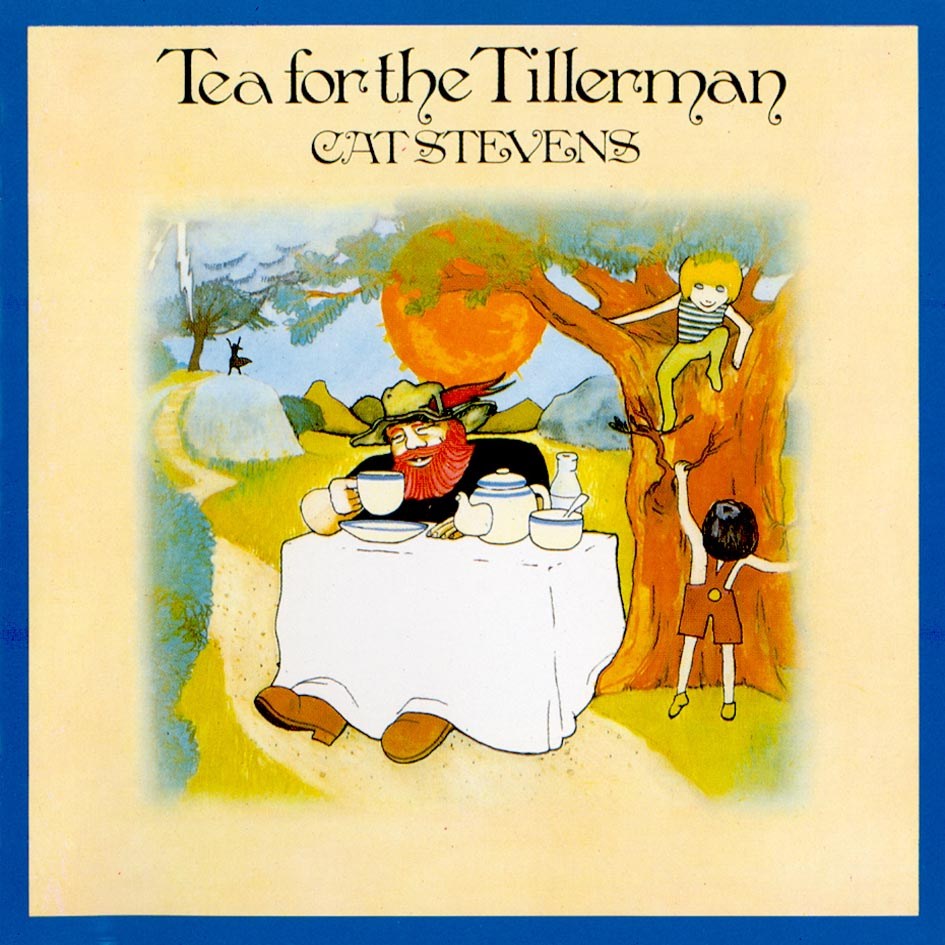
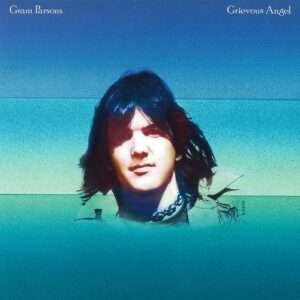
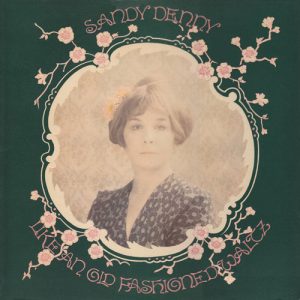
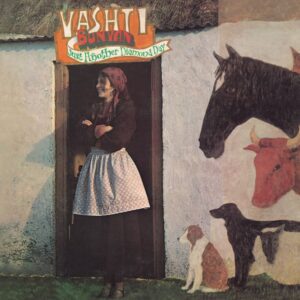
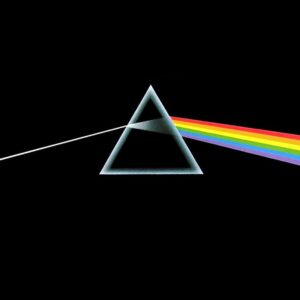
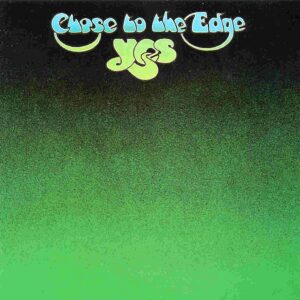
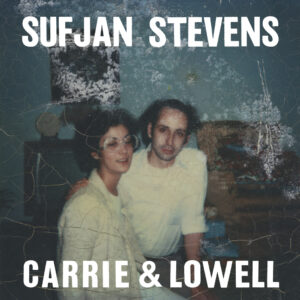
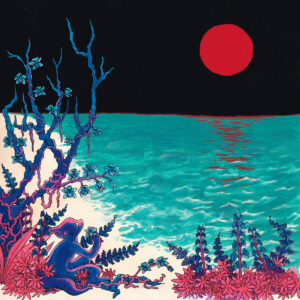
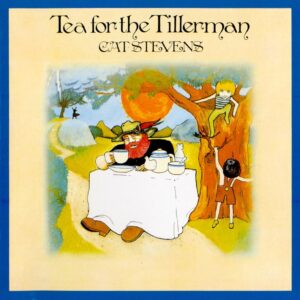
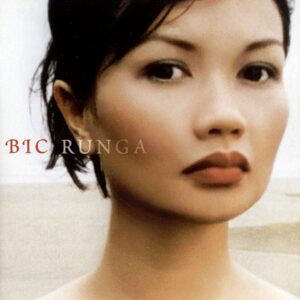
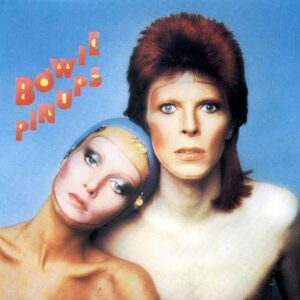
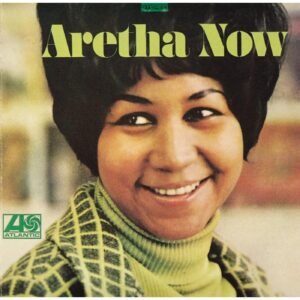
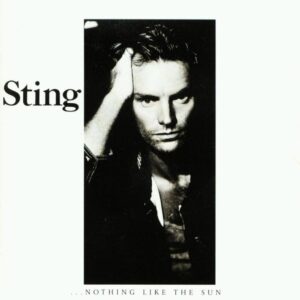

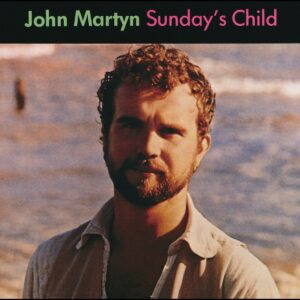
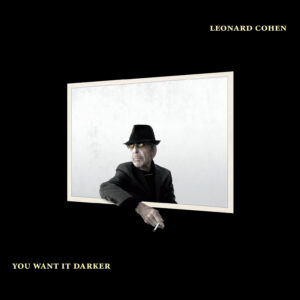
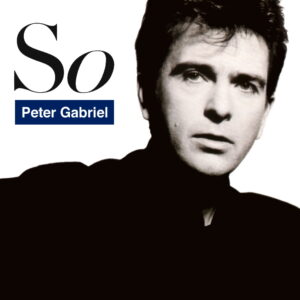
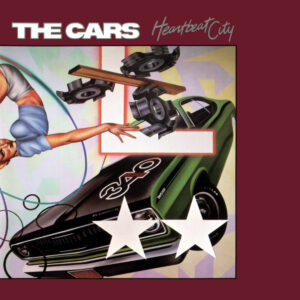
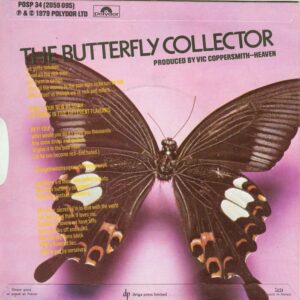
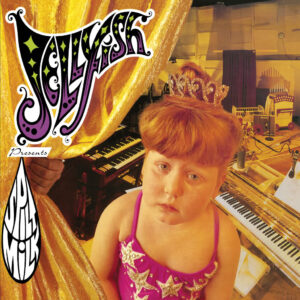
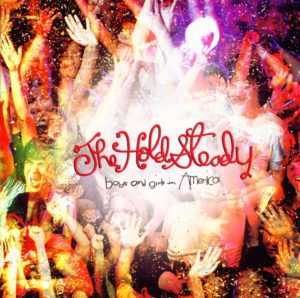
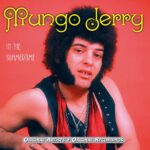
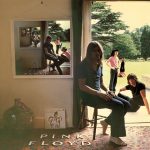
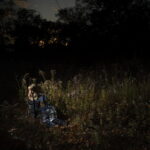
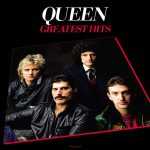
Did you ever notice how so many of his albums have a great side and a mediocre side? This is most noticeable on teaser and the Firecat. One entire side is all fantastic songs and the entire other side is all songs that never really take off.. My favorite Cat Stevens album is Catch Bull at Four, mostly because of the fantastic side one. Same thing with Buddha and the chocolate box. Side one is great but side 2 only has one good song. But I love those albums anyway because how many albums have even one great side? Not many.
I haven’t even heard Buddha and the Chocolate Box. I’m a little scared of the side-long suite on Foreigner…
10 Best Cat Stevens songs
Sun/C79
Oh Very Young
The First Cut is the Deepest
Sitting
Peace Train
Wild World
Ghost Town
Angelsea
Boy with the Moon and Star on his Head
Home in the Sky
You’re favouring the post-1971 stuff, right? Lots from Catch Bull at Four and Buddha….
Yeah. My very favorites of his are on Buddha, but his very worst stuff is also on that album. But the good ones are so good. The bad ones aren’t quite as bad as on Foreigner, which didn’t have a single good moment on it, but it was the last album he did that had any good songs on it at all. And I like most of Catch Bull at Four. One of those songs on the list is pre-1971. The First Cut is the Deepest is from 67 or 68 I think.